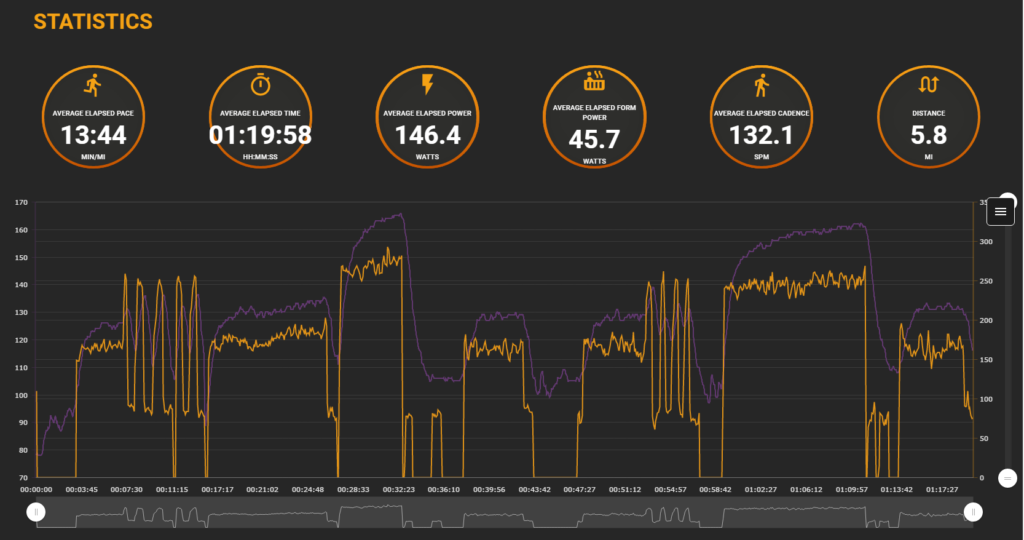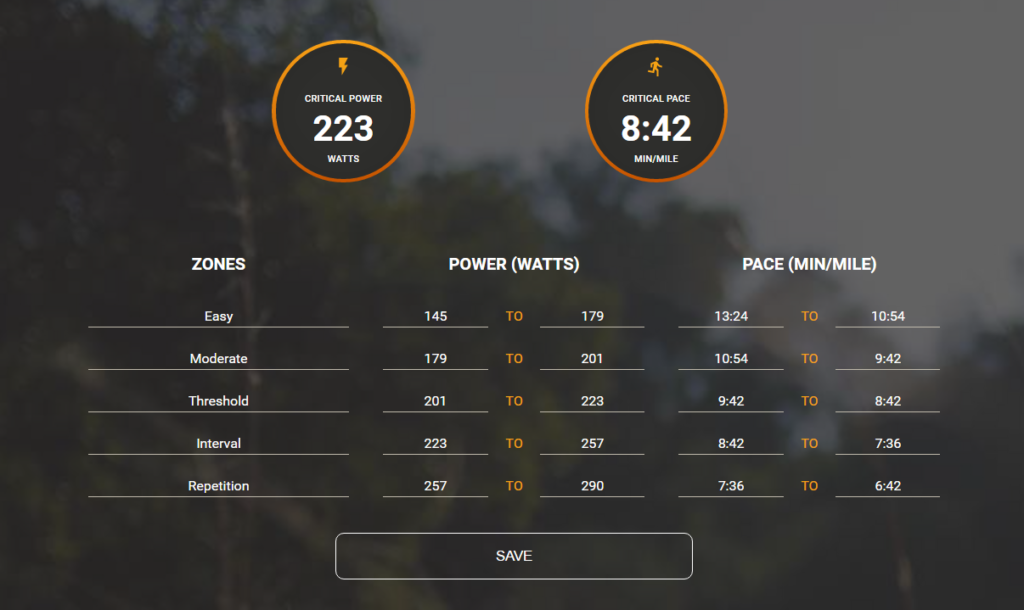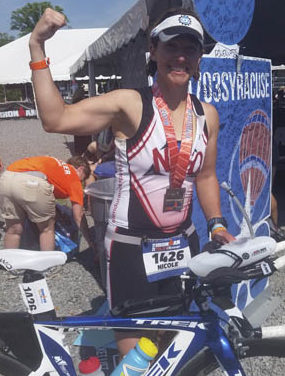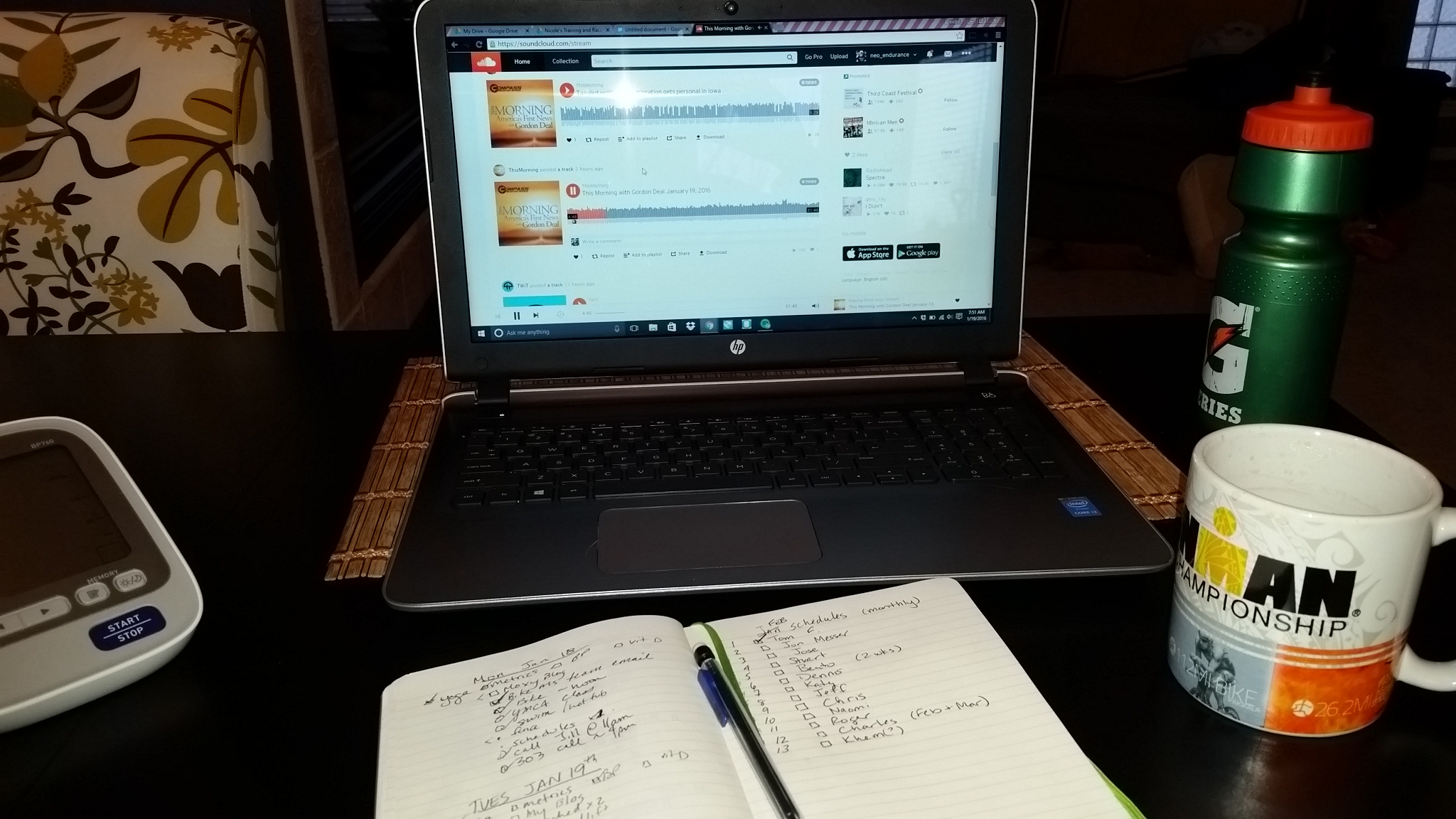Background: Back in October while in Kona, I had the opportunity to test out the new footpod version of the Stryd power meter for running. I wrote about the experience here on 303triathlon.com. After experiencing the Stryd myself, and since it is a relatively affordable data capture device ($199 retail) that integrates with my Garmin 920XT, I ordered one. It arrived shortly before Thanksgiving, and I have been using it on all of my runs. Here’s the process I’m going through to understand it.
My first step…just wear it.
The first few weeks I just wore it on my runs to see what my running power is. It was pretty straightforward to set up and sync with the Stryd app and Garmin device. There are a few steps to go through, but I managed to follow the instructions with no issues.
I use the Stryd Connect IQ app on my Garmin. The app lets me select whether I’m on a treadmill or outside. It syncs up with the GPS, and when I’m finished with my run, it auto-syncs to everything I have set up, just like a regular run workout does.
My initial data collection runs were a mix of easy runs with my dog on a concrete path, some runs on mixed surfaces, trail runs, and some treadmill sessions. One thing to note: if you use TrainingPeaks software, it’ll use your default power to calculate training load metrics (TSS, IF, etc) if you don’t put in a specific run threshold power. This means if your actual run threshold power is different from what you have as the default setting, you will get skewed metrics. I had my default power set to my cycling power, and my running power is significantly higher, so for a couple weeks, my IF for my runs was a bit too high. After a session that had some work around my ballpark threshold pace, I was able to adjust my run power in TrainingPeaks to something a little more appropriate.
Step 2…the actual critical power test.
Instead of just estimating my run threshold power, as my running fitness is changing as my running volume is increasing, I wanted to do the power test that Stryd recommends. The details are outlined on their website in the PowerCenter area for data analysis.
Fortunately, you can sync this software with Garmin Connect, so everything is uploaded automatically. In the Stryd PowerCenter, you can dig into the metrics a lot more thoroughly. And to get your training zones, all you have to do is enter results from a power test (it gives you a couple different options) or manually enter your critical power/function threshold power.
While ideally the test is performed on a 400m track, it’s winter and cold, and this time of year a lot of my interval runs will be on a treadmill, so I opted to do the test on the treadmill. The protocol is basically this: warm-up, easy 800m, keep warming up, max 1200m, 30min very easy, max 2400m, cool down. I entered the power numbers for the 800, 1200, and 2400 in the software and got my zones.


Whenever you calculate zones and threshold paces, you always have to do a reality check…do the numbers make sense? These do. I ran a 5k race in October, and using a Jack Daniels formula calculator, it estimated my threshold pace to be 8:56min/mile. I’ve been training consistently since, so it makes sense to have improved to the 8:42, especially since I was coming off of a detraining period recovering from that silly broken elbow. And I know I was running hard based on my heart rate. So the threshold pace makes sense.
Next I had to see if the power number made sense. What I’m looking for here is consistency. Is the Stryd unit consistent? Going back through my data on treadmills, it does. I had previously estimated my threshold pace based on some treadmill work to be 220W, so the fact that the software calculated 223W means it was consistent around that pace.
Step 3…what’s next?
Now that I know I have a good threshold power number, I can better analyze my runs. I will also start looking into more advanced analytics such as vertical oscillation, ground contact time, form power, leg spring stiffness, as these will give me insight into my running economy and how I may be able to improve. I will also be referencing Jim Vance’s Run With Power quite a bit!
The main benefit of using a Stryd power meter will be to improve my running economy, and those advanced metrics will be key. Once I collect more data I’ll talk about them in more detail, but you can read a little about them in this Stryd White Paper. And a great summary article on the benefits of using power for running was recently posted on the TrainingPeaks blog.
Used properly, utilizing a Stryd power meter for running can make sure you don’t run like this…








